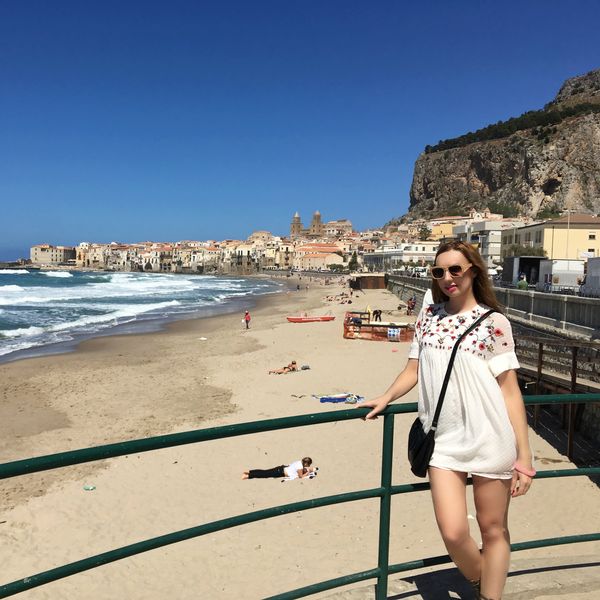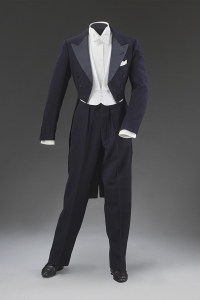Loved and emulated, these three luxury maisons changed how the industry runs, the way we dress and what we think about fashion.
Haute couture permeates everyday fashion with its ready-to-wear collections and the inescapable circuit of emulations and imitations. Exemplars are these three maisons which propelled the industry with their innovative concepts and unique approaches to the 'savoir-fair' fashion: Dior, Louis Vuitton and Versace.
Christian Dior: History & Innovations
In just 10 years, French designer Christian Dior revolutionised war-wretched Europe by pouring freshness into haute couture. Interested in arts since young, Dior started with fashion sketches, which eventually attracted the attention of Swiss designer Robert Piquet in 1938. Under Piquet, Dior learnt the highest secrets of the craft.
12th February 1947 is a watershed: the launch of Dior with his first collection, Corolle. Parting away from the post-war austerity, Dior envisioned a new idea of making fashion and imagining women's silhouette – christened the 'New Look' by Carmel Snow, Harper's Bazaar editor-in-chief. Dreamy overdose of swift fabrics and Belle Epoque's cinched waistlines resulted in lighthearted joy and sober elegance exemplified by 1947's Bar fitted jacket. A glance at Dior on 24S illustrates this so-Parisienne casual-chic look, hard to reach because natural, yet elaborate.
Louis Vuitton: History & Innovations
Problem-solving and experimentation go hand in hand with luxury and heritage. Founded in 1854 by rebel young Frenchman Louis Vuitton, the eponymous brand carved its niche with functional trunks, the elite's way of travelling. Louis and his son Georges bypassed some common issues with stylish patents: ensuring sturdiness and safeguarding the brand from wide spreading counterfeits. Louis Vuitton is, indeed, one of the first to have labelled their products: it is 1888, when Georges introduced the Damier Canvas pattern featuring "marque L. Vuitton déposée" – the trademark ancestor – and 1896, when the iconic Monogram made its appearance. Monogramme LV foretells quality and inspiration for cheap mass products.
The French house keeps evolving by intertwining street style, sustainability, and tech mania. Virgil Abloh, the late menswear artistic director played a pivotal role in establishing the brand at the forefront of inclusivity by combining elements apparently at odds.
Versace: History & Innovations
Pure stardom. Founded in 1978 in Milan by Gianni Versace, Versace reached the status of 'empire' between the '80s and the '90s. Tailoring clothing for the theatre was a natural field to express his love for art; the runways were the stage to explode in a bombastic manifestation of audacious Southern Italian sensuality. Gianni picked elements from subcultures and classical history; he moulded metal mesh in liquid fabrics and jumped from bondage to ballgowns in an eclectic, never randy mixture. Versace's designs are his everlasting tokens: when you see gilded baroque prints or Greek-inspired icons, you know Versace is the source of them. The original was bold and beautiful.
Find these three pioneering luxury maisons on 24S.com.






